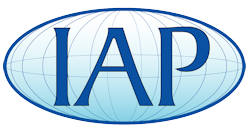Lulanrt
Member
I use a bowl gouge for pen turning. It seems to work fine but what should I be using? What does everyone else use? Thanks
Travis
Travis
Travis,
I have been seriously thinking of using a skew to turn bowls.
I use a bowl gouge for pen turning. It seems to work fine but what should I be using? What does everyone else use? Thanks
Travis
Travis,
It's funny that you should post that because I have been seriously thinking of using a skew to turn bowls. I am waiting on tax return before I pick up a bowl gouge but have been itching to turn a bowl.
BTW, IF you use the skew like a scraper...then yes you can use it on a bowl. You can also use it to put bead lines. :wink::biggrin:
EDIT: still not the best choice as scraper but just pointing out that you can.
New to pens and had no training, but have adopted a 1/2-inch roughing gouge to remove the corners, then a 1/2-inch spindle gouge to make the contour, then a 1/2 inch round nose scraper to finish as smooth as a wallstreet hacker. I must be doing it wrong though since I don't need any sandpaper.
New to pens and had no training, but have adopted a 1/2-inch roughing gouge to remove the corners, then a 1/2-inch spindle gouge to make the contour, then a 1/2 inch round nose scraper to finish as smooth as a wallstreet hacker. I must be doing it wrong though since I don't need any sandpaper.
I do finish with polishing compound but not sandpaper.
